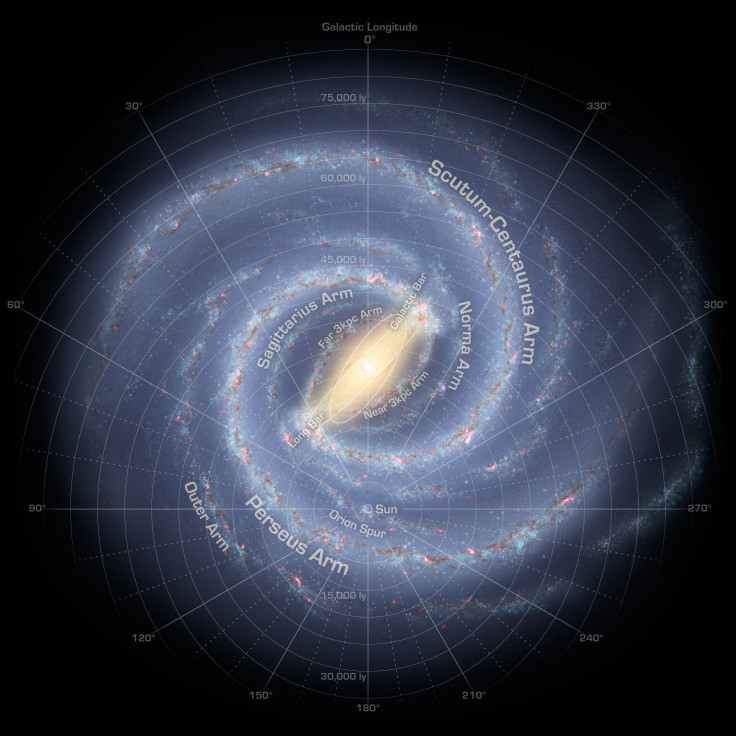Milky Way’s Mass Estimated More Reliably Using Satellite Galaxies’ Angular Momentum

When it comes to measuring the mass of the sun or other planets in the solar system, astronomers can rely on the universal force of gravity to assist them with their calculations, especially since these objects are made of regular, tangible matter. When it comes to estimating the mass of a galaxy, or other large cosmic structures, most of which are thought to be made up of the mysterious and invisible dark matter, the principle remains mostly the same but the calculations trickier, especially in the case of the Milky Way, since we are inside it.
A research team led by Ekta Patel from the University of Arizona has come up with a new technique that uses the angular momentum of satellite galaxies to estimate the mass of their host galaxy, a method they say is more reliable and precise than older methods that relied on the satellite galaxies’ velocities and positions. And using this method for the Milky Way, Patel’s team concluded our home galaxy has a mass of 0.96 trillion solar masses.
That is a far more precise number, compared to older estimates of the Milky Way’s mass being anywhere between 200 billion and 2 trillion solar masses. The new estimate also suggests the Andromeda galaxy, our closest galactic neighbor, has more mass than the Milky Way, weighing in at an estimated 1.2 trillion solar masses. (Eventually, this difference won’t matter, since the two galaxies will collide and merge in another 4.5 billion years or so, around the same time the sun turns into a red giant.)
Large galaxies are formed by the merger of smaller ones over billions of years, and their gravitational pull attracts any number of small galaxies that don’t merge into them, but get into an orbit around them (due to the counteracting force of the universe’s expansion). The host galaxy governs their motion to a significant extent, and studying their motion tells astronomers a lot about the host galaxy itself. The mass of the host galaxy can be estimated by looking at how much gravitational pull it exerts on other objects around it, which are called tracers (because they help trace the mass of the host galaxy).
Using the angular momentum of tracers is better than using their positions and velocities because of their different physical properties. While the objects’ positions and velocities keep shifting constantly, their angular momentum — which is a product of distance and speed combined — remains the same even if they move around. That is because the farther an object is from the host, the slower its speed, and vice versa.
“Think of a figure skater doing a pirouette,” Patel said in a statement Wednesday, by way of analogy. “As she draws in her arms, she spins faster. In other words, her velocity changes, but her angular momentum stays the same over the whole duration of her act.”
Patel’s study looked at the three-dimensional motion of nine Milky Way satellites, of the 50 known ones. Their angular momentums were then compared to a simulated universe which contained 20,000 host galaxies similar to the Milky Way, with the whole simulation hosting about 90,000 satellite galaxies.
The findings of the study are to be presented Thursday, the last day of the ongoing 232nd meeting of the American Astronomical Society in Denver. The team will also publish a paper titled “Estimating the Mass of the Milky Way Using the Ensemble of Classical Satellite Galaxies” in the Astrophysical Journal.
Most of the mass in a galaxy, in the form of dark matter, is thought to reside in the galactic halo — a vast region surrounding the galaxy, mostly devoid of stars, — whose properties, including its shape, are not well understood. Dark matter accounts for about 85 percent of all the mass in the observable universe.
© Copyright IBTimes 2025. All rights reserved.





















